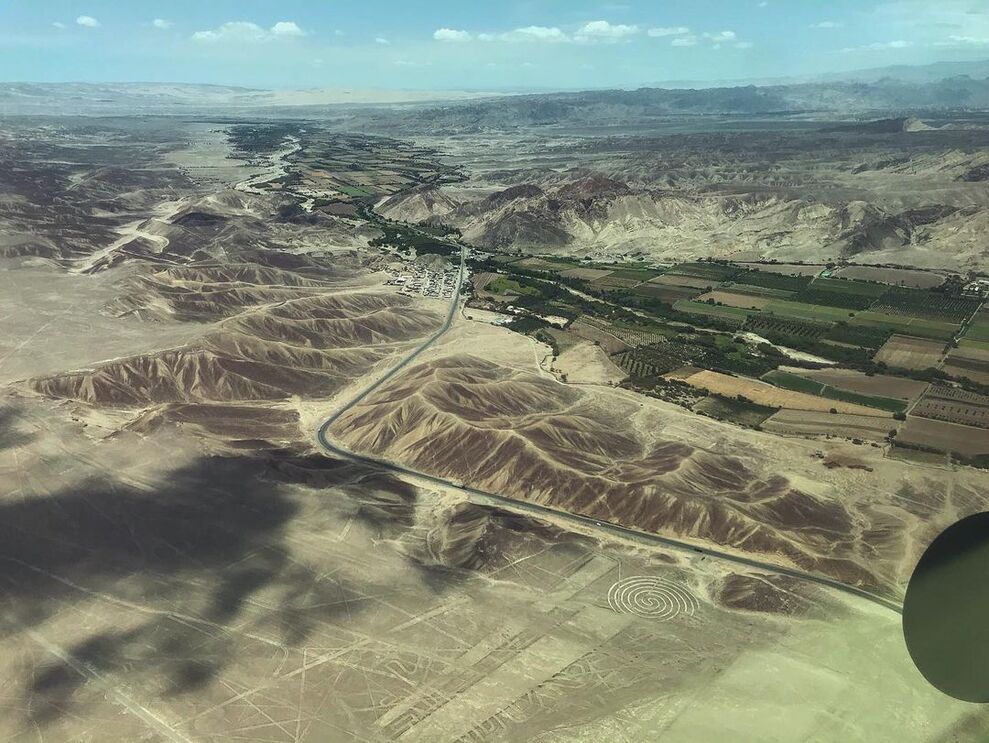Understanding the Nazca Lines
This sun-bleached expanse was largely ignored by the outside world until 1939 when North American scientist Paul Kosok flew over the desert of Peru. He spotted extensive lines and figures below. Initially mistaken for a complex pre-Inca irrigation system. Kosok had stumbled upon one of ancient Peru’s most impressive and enigmatic achievements: the renowned Nazca Lines. Today the small town of Nazca is visited by travelers who show up to marvel and scratch their heads over the purpose of these mysterious lines, which were declared a Unesco World Heritage Site in 1994. And maybe you are wondering what was Nazca before Kosok?
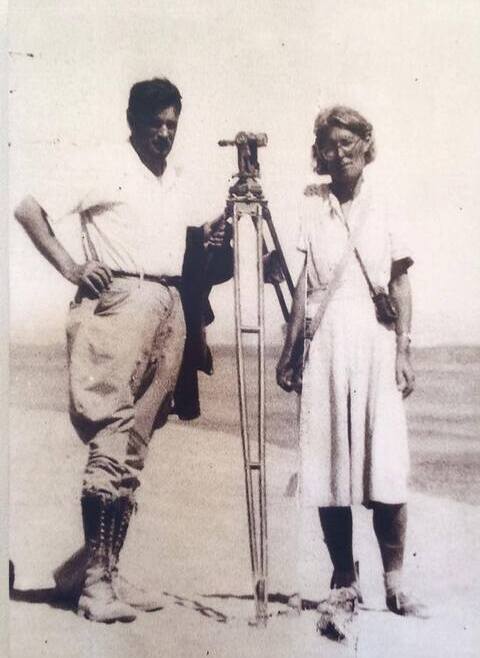
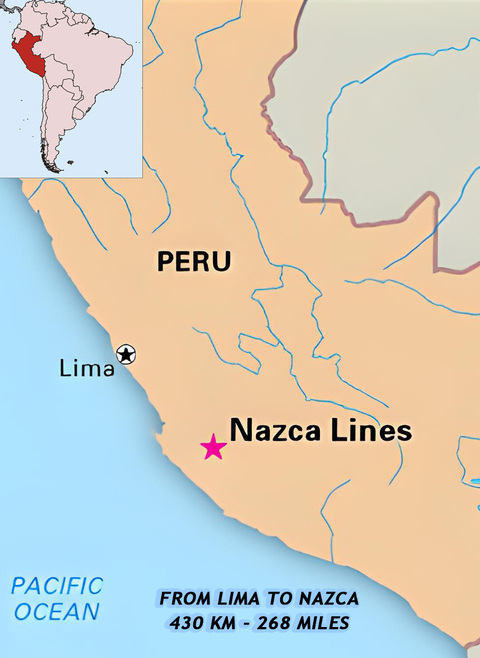
The Peruvian Culture of Nazca
We have many different cultures in Peru, including the Nazca culture. Firstly, they were developed between 200 AD and 700 AD in the Department of Ica along the basin of the Grande River, encompassing the Pisco, Ica, Grande, and Acarí rivers. Secondly, they had a theocratic military society, and the collection of trophy heads stood out among their customs. These were believed to be related to warfare to demonstrate masculinity; however, they are also associated with fertility rites or water offerings. For the Nazca, spilling blood on the land was seen as reciprocity with life, much like water is to plants. Moreover, Nazca people practiced agriculture (irrigated or intensive), fishing, and traded with another Peruvian culture called «Huarpa,» located in Ayacucho (in the Andes of Peru), who exchanged wool and potatoes for fish and cotton from the Nasca (Coast of Peru).
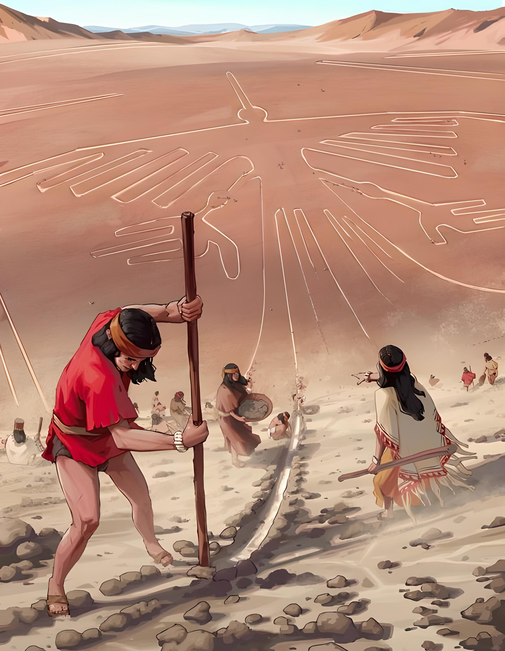
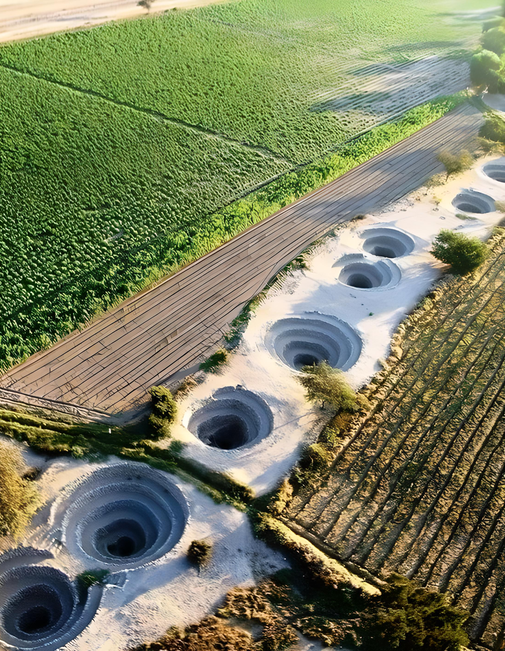
How were the Nazca Lines made?
The geoglyphs of Nazca Lines were made by the process of removing the dark sun-baked stones from the surface of the desert and piling them up on either side of the lines, thus exposing the lighter, powdery gypsum-laden soil below. Therefore, they are the most studied, both for their large quantity and their impressive dimensions. The most elaborate designs represent animals, including a 180m-long lizard, a monkey with an extravagantly curled tail, and a condor with a 130m wingspan. Likewise, a hummingbird, a spider, and an intriguing owl-headed person – popularly referred to as an astronaut because of its goldfish-bowl-shaped head.
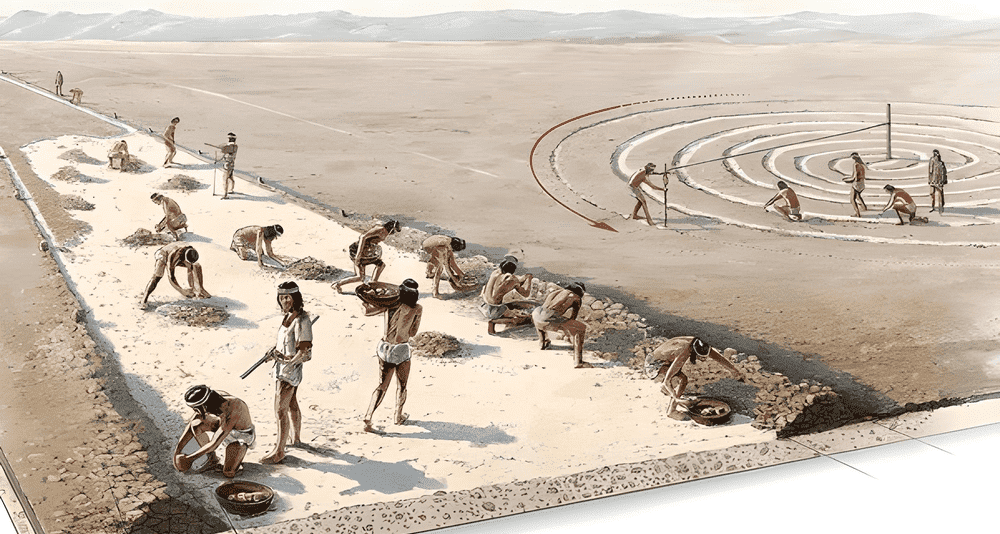
How many Nazca Lines are there?
Spread across an incredible 500 sq km of arid, rock-strewn plain in the Pampa Colorada (Red Plain), the Nazca Lines remain one of the world’s great archaeological mysteries. Consisting of more than 800 straight lines, 300 geometric figures (geoglyphs), and some 70 spectacular animal and plant drawings (biomorphs). Above all, the figures are mostly etched out in single continuous lines, while the encompassing geoglyphs from perfect triangles, rectangles, or straight lines running for several kilometers across the desert.
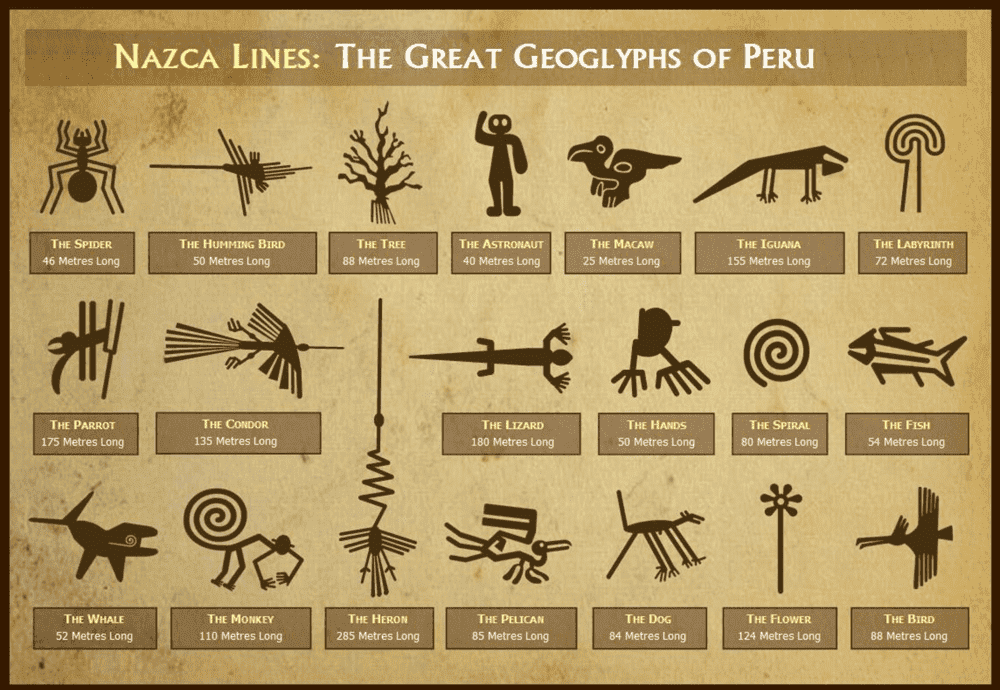
Theories about the Nazca Lines
Here are the Nazca Lines’s theories about the meaning and purpose have been multiple and varied:
- The first archaeologist to propose a theory was the Peruvian Toribio Mejía in 1927, who considered the Nazca Lines as sacred paths.
- Paul Kosok in 1941 suggested that the lines had a calendrical function, like an Andean Zodiac.
- Maria Reiche, a follower of Kosok’s work, proposed the theory of an astronomical calendar related to climate and agriculture.
- María Rostworowski does not believe in Reiche’s theory. She considers that the men and women of the Nasca culture, being from the 3rd century, would not have mastered the exact astronomical sciences, which were difficult for the time. She supposes that the lines are to attract the flying feline god (KON) as part of a complex ritual for water.
- Tony Morrison, an English documentary maker, hypothesized that the Lines were walkways linking archaeological complexes.
- Johan Reinhard, an archaeologist and anthropologist, believes they were sacred paths for water cults.
- Helaine Silverman, a passionate and dedicated archaeologist who has devoted her career to the study of the Nazca culture in Peru, argues that they were areas for detecting underground water.
The only certain thing is that when the Nazca set about turning their sprawling desert homeland into an elaborate art canvas, they also began a debate that will keep archaeologists busy for many decades if not centuries to come.
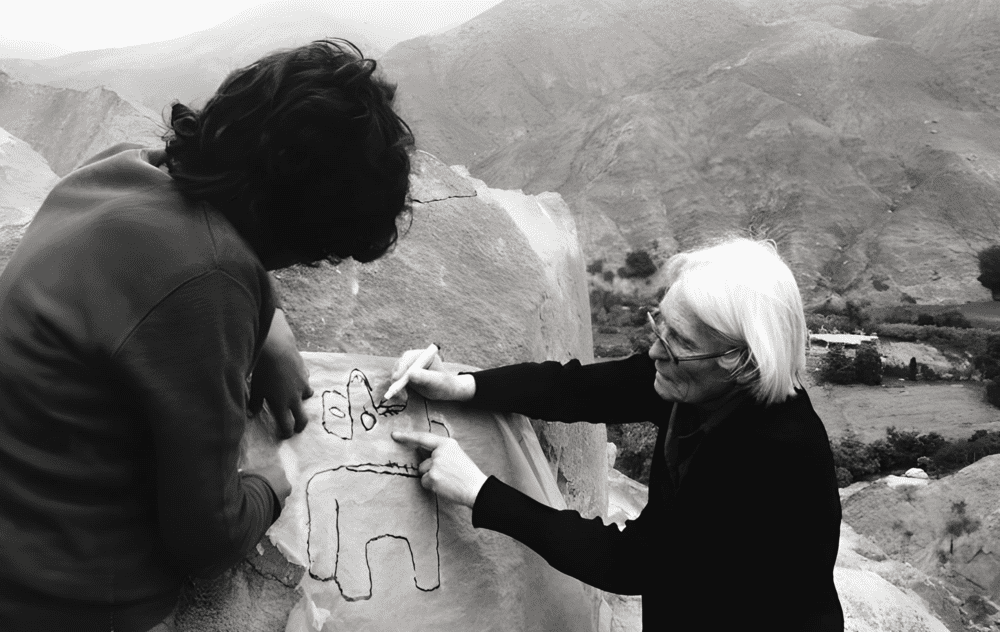
What is the best way to see the Nazca Lines?
At the ground level, the Nazca lines are almost imperceptible. It’s only when viewed from above that they form their striking network of enormous stylized figures and channels, many of which radiate from a central axis. As the Nazca Lines Guide 2024, we think that by far the best way to appreciate them is to get a bird’s-eye view from an overflight in Nazca or Pisco cities.
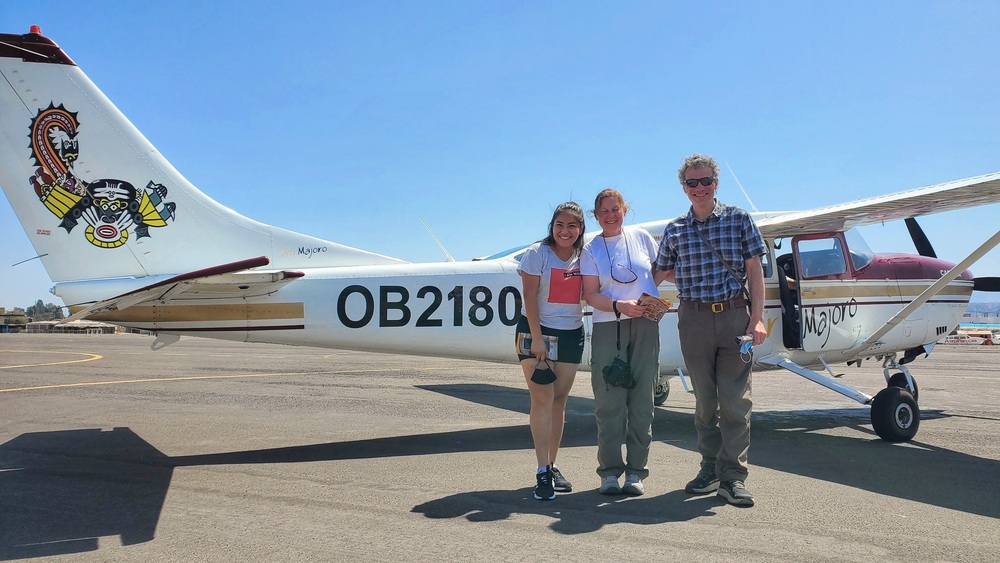
Discover the Nazca Lines from above!
An unforgettable flight through the skies aboard a Cessna aircraft to witness the ancient Nazca Lines. Marvel at the colossal images etched into the desert floor, formed by thousands of geometric lines stretching up to 370 meters long. Preserved for over 2,000 years thanks to the stable climate of the Nazca desert and the ingenious method used to create them, these enigmatic geoglyphs continue to astound historians and archaeologists alike. Prepare to be spellbound by this unparalleled aerial experience with Lima Tasty Tours!
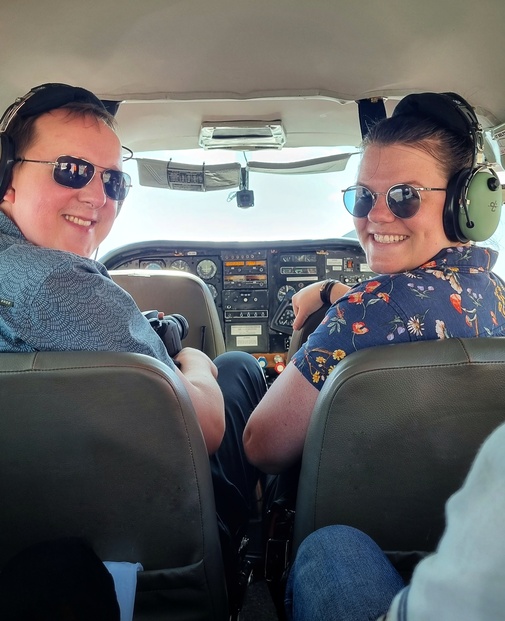
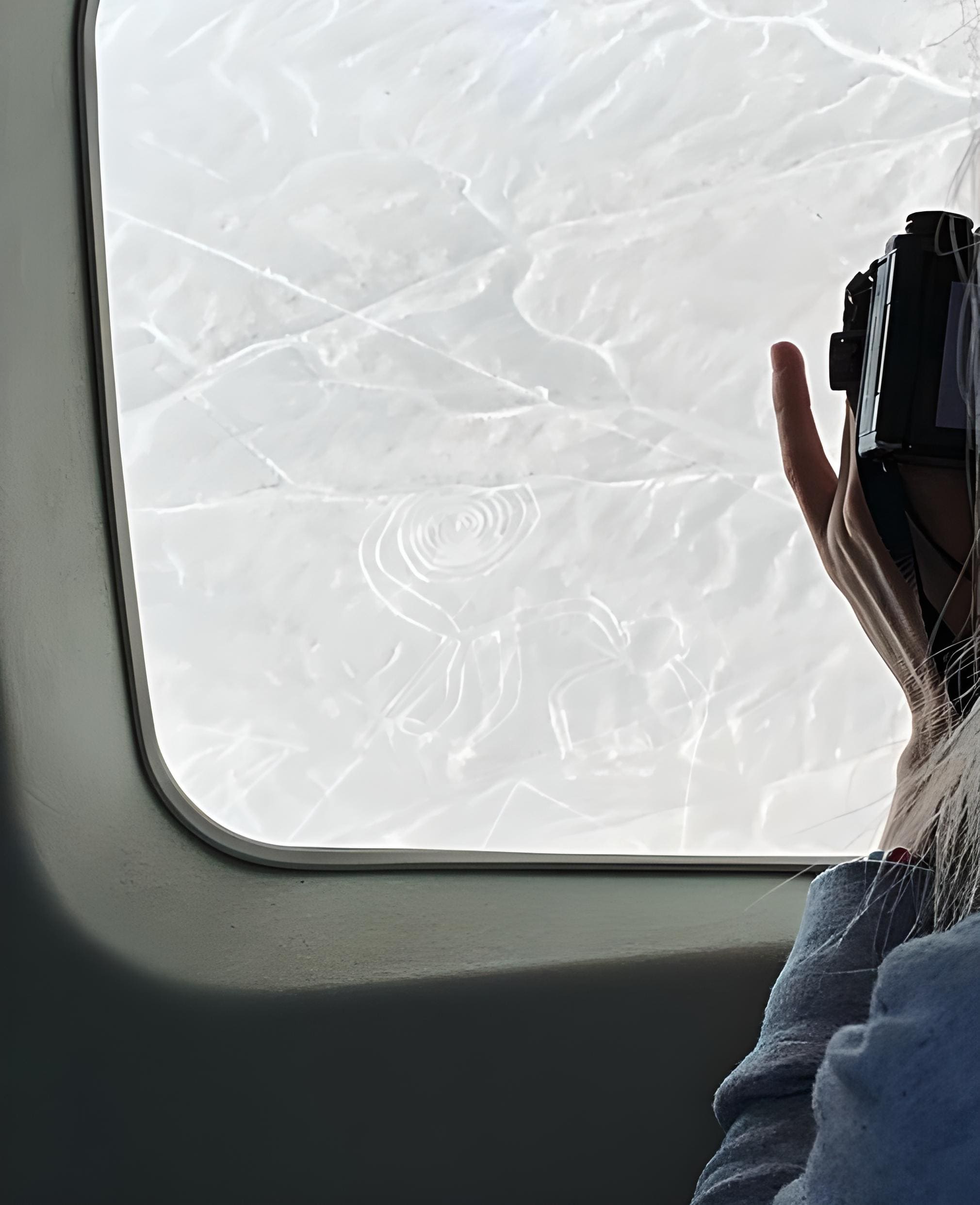
In short, the Nazca Lines captivate us with their mystery and beauty, reminding us of the wonders of Peruvian ancient civilizations. Whether seen up close or from afar, they spark our curiosity and leave us in awe of the past. As we marvel at their intricate designs, the Nazca Lines invite us to explore the secrets of history and appreciate the ingenuity of our ancestors. This Nazca Lines Guide 2024 will help you to appreciate and understand more about this UNESCO World Heritage.
